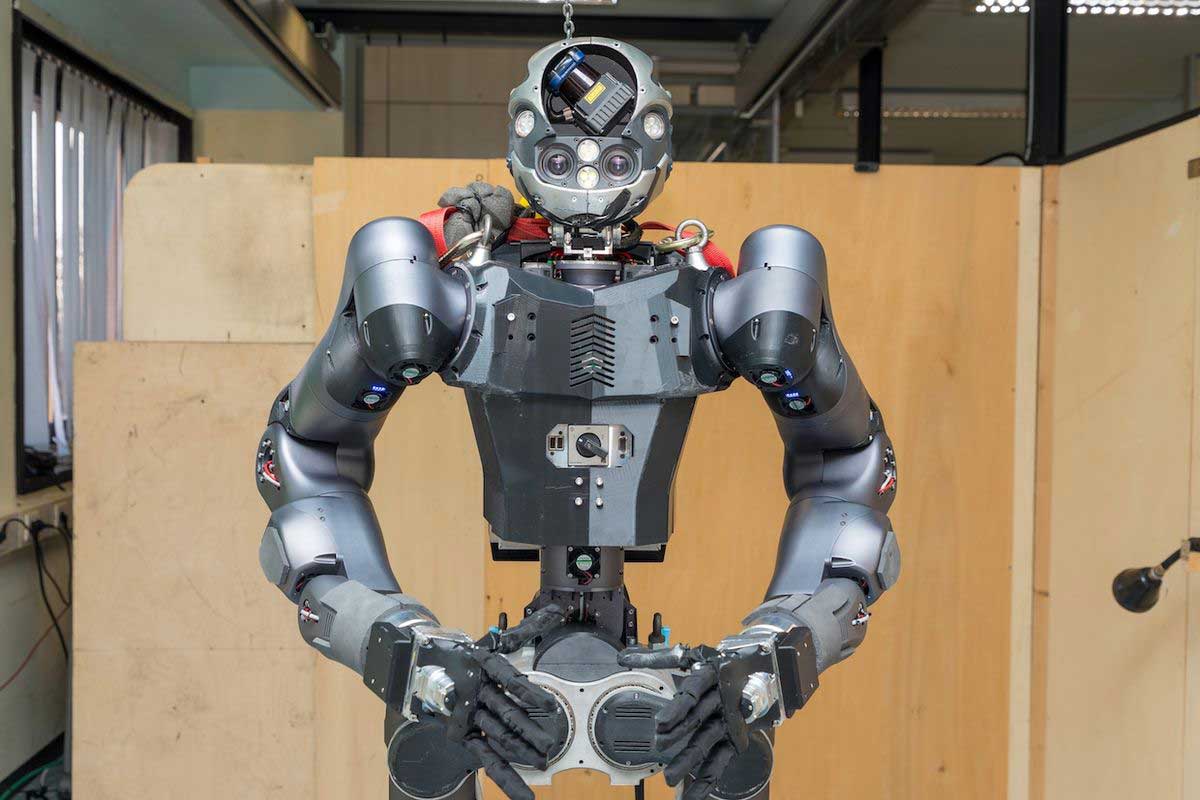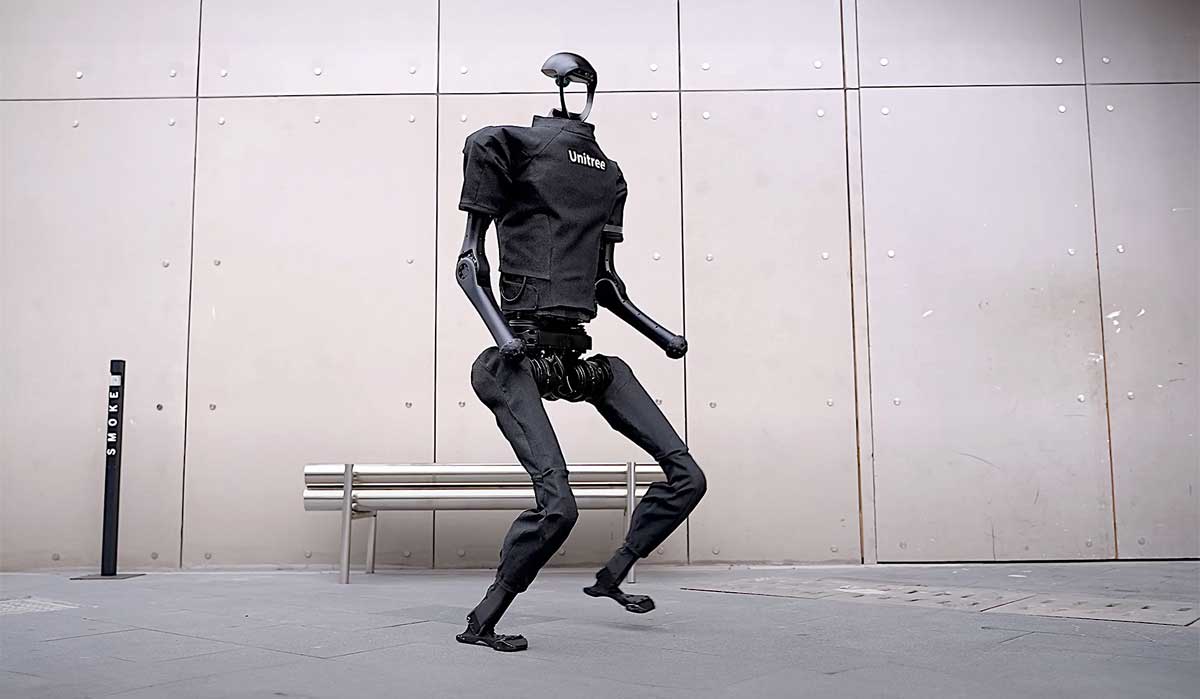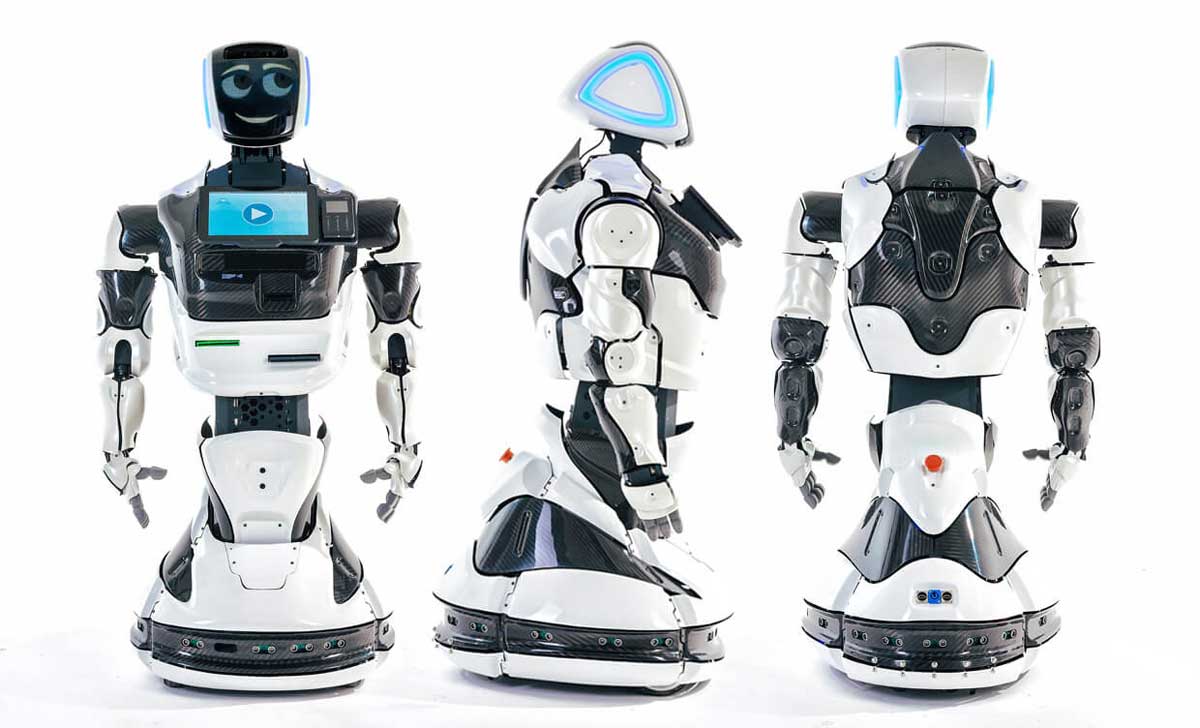Imagine a humanoid robot, agile and strong, navigating disaster zones, tackling fires, and assisting rescue teams. This isn’t science fiction; it’s the vision behind the WALK-MAN project, a pioneering endeavor in developing robots for real-world emergencies.
Born from a collaborative effort by European research institutions, WALK-MAN stands for “Whole-body Adaptive Locomotion and Manipulation.” This aptly describes its core capabilities: walking efficiently over diverse terrain and manipulating objects with human-like dexterity. Standing 1.85 meters tall, the robot boasts a lightweight, adaptable design constructed from materials like Ergal and magnesium alloys.
The project’s primary focus lies on disaster response. In dangerous situations like collapsed buildings or raging fires, human intervention carries inherent risks. WALK-MAN aims to mitigate these risks by taking on challenging tasks in these environments. The robot can navigate uneven surfaces, clear debris, and even operate firefighting equipment. Its advanced perception system allows it to build 3D representations of its surroundings, identify obstacles, and react promptly to changing situations.
One remarkable achievement is the robot’s ability to maintain balance under pressure. Equipped with elastic transmissions and proprioceptive sensors, it can adapt its gait and posture in response to external forces, ensuring stability even on rough terrain. This robustness is crucial for navigating disaster zones safely and effectively.
While the latest public updates date back to late 2022, the team has successfully tested WALK-MAN in simulated fire scenarios. The robot successfully located fires, maneuvered towards them, activated extinguishers, and transmitted live footage back to human operators. This demonstrates the project’s potential for real-world application.
Looking ahead, the future of WALK-MAN remains open. Although no official statement exists regarding the project’s completion or next steps, the potential applications remain compelling. Imagine robots assisting firefighters in battling blazes, aiding in search and rescue operations, or delivering crucial supplies to disaster-stricken areas. The ethical and technological considerations surrounding such deployments remain significant, but the WALK-MAN project serves as a crucial stepping stone in realizing this vision.
While robots may never fully replace human intervention in emergencies, projects like WALK-MAN represent a significant leap forward in developing collaborative solutions. By combining human expertise with robotic strength and agility, we can tackle daunting challenges in safer and more efficient ways, ultimately saving lives and mitigating disaster impacts. The WALK-MAN project, even in its current stage, offers a glimpse into the future of disaster response, where technology complements human efforts in navigating the unexpected and saving lives.





Leave A Comment